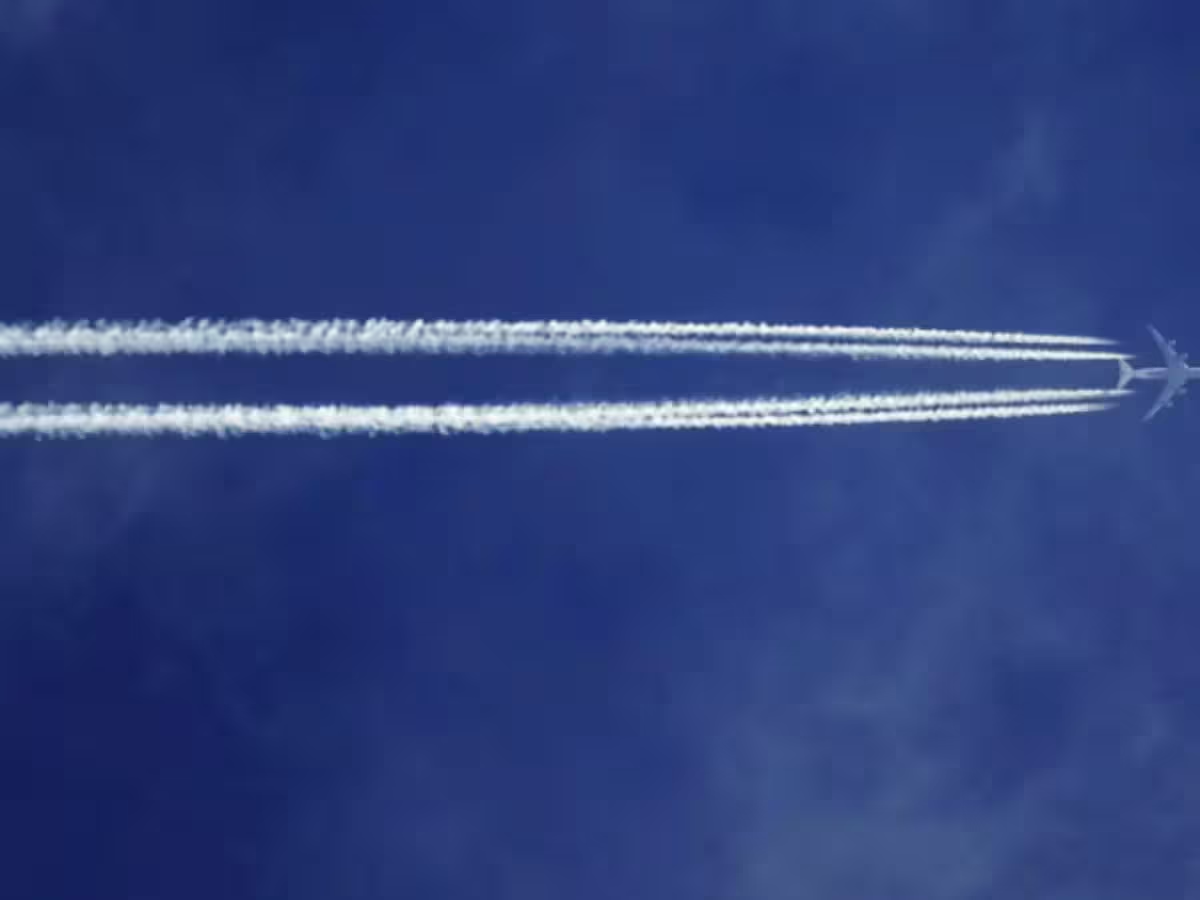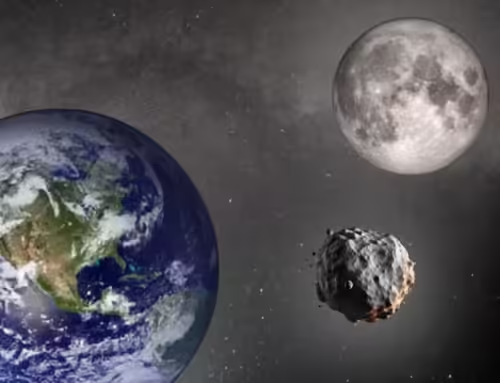Have you ever looked up at the sky and noticed a Planes Leave a long, white lines behind? These streaks, often stretching for miles, are called contrails, short for condensation trails. While they may look like smoke, there’s a fascinating science behind them. Airline captain Manjeet Singh recently explained this phenomenon in a social media video.
🌤️ What Are Contrails?
Contrails are the white lines that appear behind airplanes flying at high altitudes. They are essentially trails of ice crystals formed when hot engine gases meet the freezing cold air in the upper atmosphere. Despite their striking appearance, contrails are not harmful smoke or pollution—they are a natural phenomenon created by water vapor.
🔬 How Contrails Are Formed
Several factors contribute to the formation of contrails:
❄️ 1. Extreme Cold
Planes fly at altitudes where the temperature can drop to minus 40°C or lower.
🔥 2. Engine Heat
Aircraft engines release hot gases that can exceed 500°C, filled with water vapor from burning fuel.
💨 3. Condensation
When the hot, moisture-laden gases come into contact with the frigid air, they condense instantly, forming tiny ice crystals. These crystals are what we see as the white streak in the sky. It’s similar to seeing your breath on a cold winter day.
🌈 Why Not All Planes Leave Contrails
Contrails don’t appear every time a plane flies. Their formation depends on:
-
🛫 Altitude: Higher altitudes with colder air are more likely to produce contrails.
-
⚡ Engine output: Powerful engines release more hot gases, increasing the chance of contrail formation.
-
☁️ Atmospheric conditions: Temperature and humidity of the surrounding air play a crucial role.
🌬️ Contrails Are Not Pollution
A common misconception is that contrails indicate pollution. Captain Singh clarified that these trails are simply frozen water vapor, a harmless byproduct of high-altitude flight. When hot engine gases mix with the cold air, they create a stunning visual effect—a natural “painting” across the sky.
✨ Fun Fact
Sometimes, contrails can linger and spread, forming thin, wispy clouds called cirrus clouds, which can even slightly influence weather patterns!
📝 Final Thoughts
Next time you see a plane leaving a white streak behind, don’t worry—it’s not smoke or pollution. It’s just science in action, creating a beautiful trail across the sky. Contrails remind us of the incredible physics happening above us every day and offer a simple yet fascinating glimpse into the world of aviation.







Leave A Comment